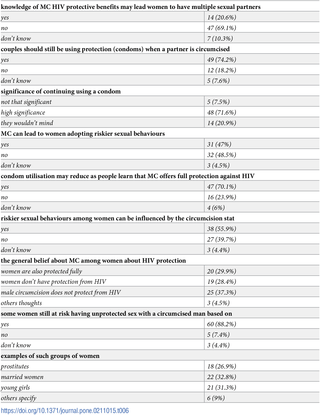You might be interested in the procedure of circumcision Sydney . There are some things that you need to know before you undergo the procedure. First, you will need a consent form to undergo the procedure. You may also be given local or spinal anaesthesia, which will keep you unconscious throughout the procedure. The foreskin will then be removed by a healthcare provider. This exposes the penis. The skin will then be stitched with dissolvable needles.
The procedure takes approximately one hour. Most men won’t need to stay overnight in the hospital. You will need to stop eating for six hours before the procedure. Before the procedure, the medical staff will examine you and answer any questions. After the procedure, you will be able to resume your normal activities such as work or play. For four to six week, you will be prohibited from engaging in sexual activity. To learn more about circumcision, consult your doctor.

A local anaesthetic is usually given to a baby boy. It is safer than general anaesthesia. The anaesthetic may be injected directly into the penis or rubbed on as a cream. However, a general anaesthetic will be given to older children and adults, which will put them to sleep during the procedure. The procedure itself does not cause pain. The healthcare provider will use one of two types to anesthetize the penis. The penis will be numbed immediately with a topical anesthetic, while an injected one will take much less time. Once the penis has been prepared, the healthcare provider will stitch up the remaining edges of skin with dissolvable stitches.
A baby can have circumcision at any stage of their lives, but the best time is right after birth or within one month. A local anesthetic is used to numb and the baby will be awake during the surgery. As a baby gets older, anesthesia should also be used to reduce pain and prevent injury of the penis. The procedure may be more difficult for older children because they are more aware and concerned about their sexual organs.
The procedure can be performed safely. Minor complications are rare. Minor bleeding or infection are common. To prevent the baby from rubbing their skin, stitches are usually taken out. The procedure takes about forty minutes. Intercourse may cause heightened sensitivity in newborn babies. The procedure is usually complete once the child has returned home.
The healing process of newborn circumcision takes seven to ten days. After the procedure, the penis may turn slightly red for a few more days. A doctor will provide specific instructions about how to reduce the child’s discomfort. The doctor will also offer you guidance on how to reduce the baby’s discomfort and pain. You should also follow the instructions given to reduce the
pain and discomfort. The circumcision process will go much smoother and be less painful if you follow these instructions.
There may be some discomfort during and following the procedure. There may be side effects of the anaesthetic. Before you choose a circumcision provider for your child, make sure to consult a doctor. In most cases, circumcision can usually be done under local anaesthesia within the first few days of child’s birth. It can be performed with general anaesthesia up to six months after birth. Parents should ensure that the person performing the circumcision is properly trained and has the necessary experience.
During the procedure, a local anaesthetic gel is placed on the penis. To relieve pressure, a small
slit in the foreskin is made. Antibiotics can help relieve the pain caused by balanoposthitis. Besides reducing the risk of HSV-1 infection, circumcision helps prevent infections of the urinary tract. This procedure helps prevent HIV transmission to infected women.
Although circumcision is most commonly performed for religious reasons, it can also be done for personal hygiene purposes. It can also help prevent penile cancer and sexually transmitted diseases. It can also be performed as a treatment for phimosis or balanitis. A newborn cannot have the procedure unless they are stable enough and in good health. You can also have the procedure done by someone else or hire them to do it at home.

